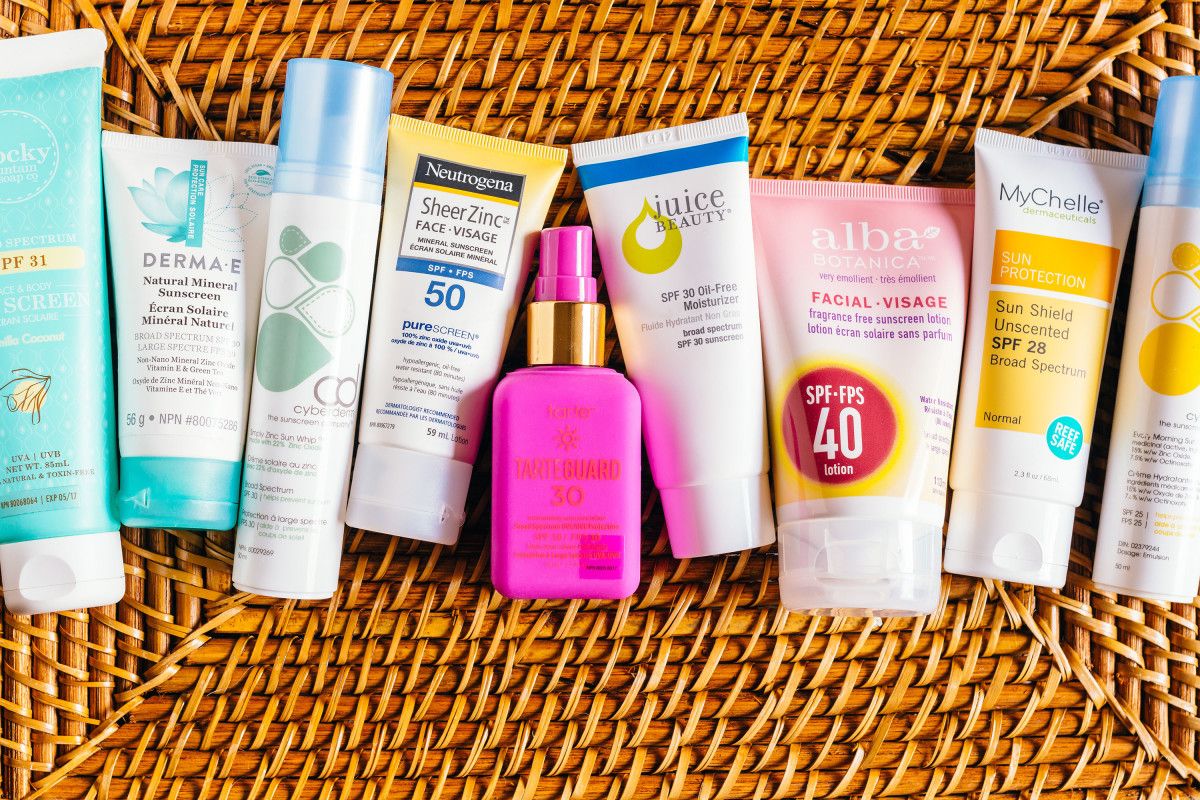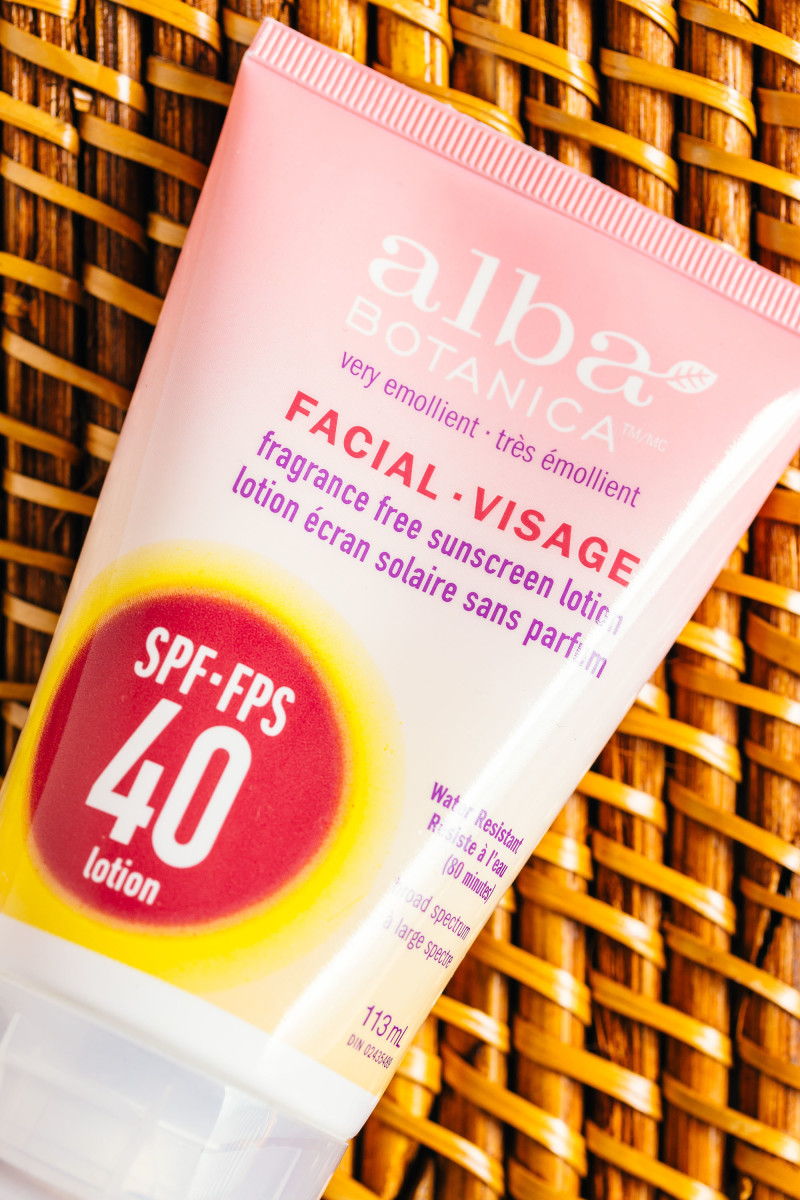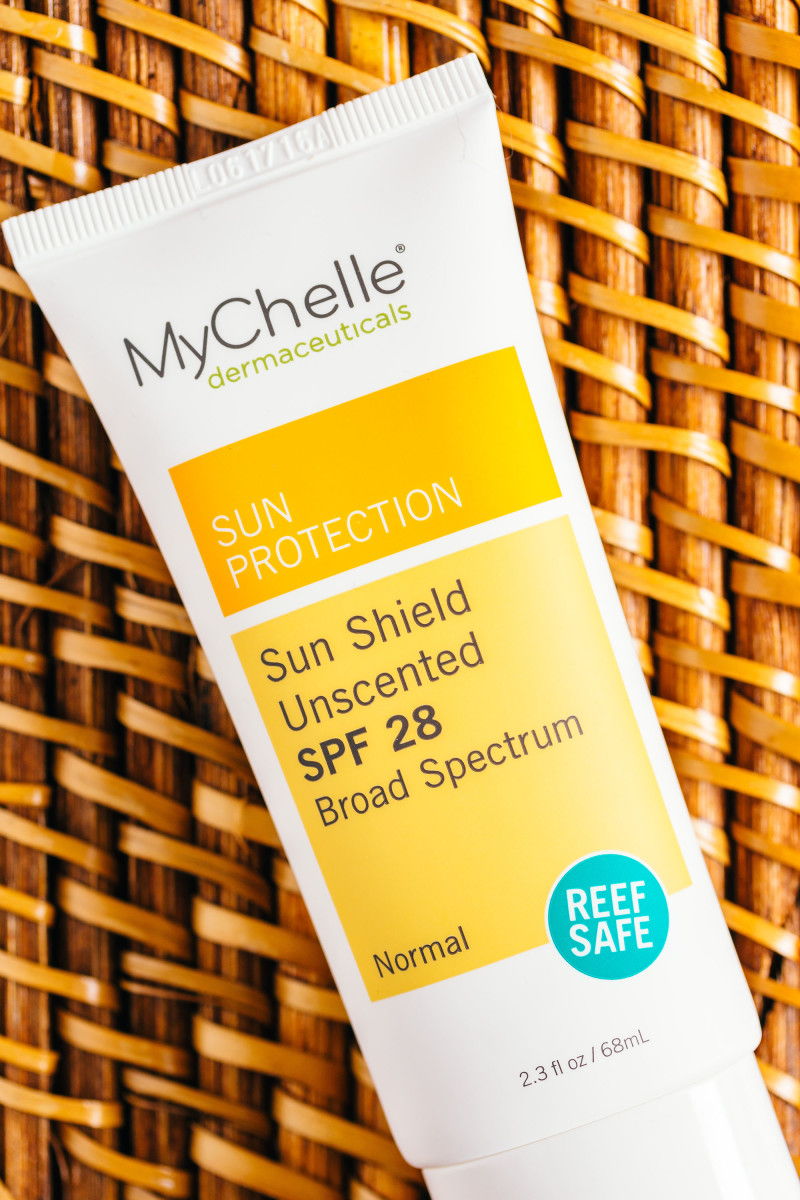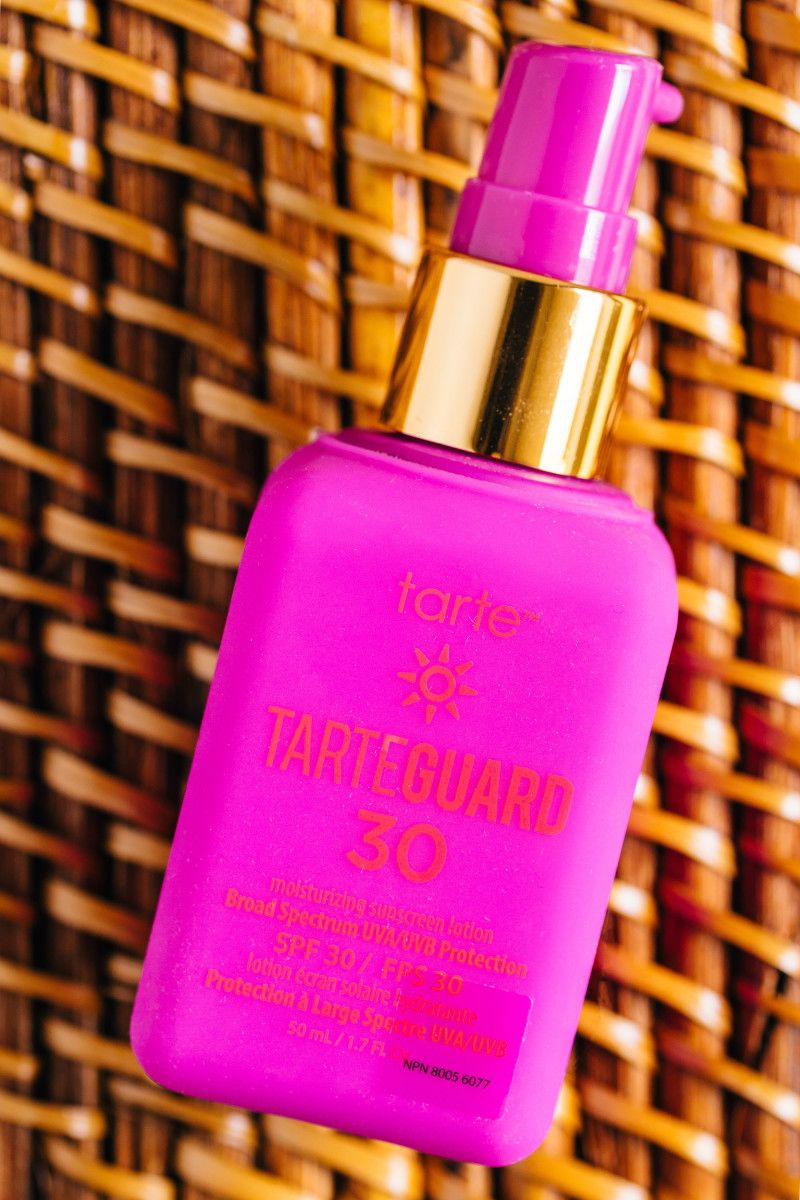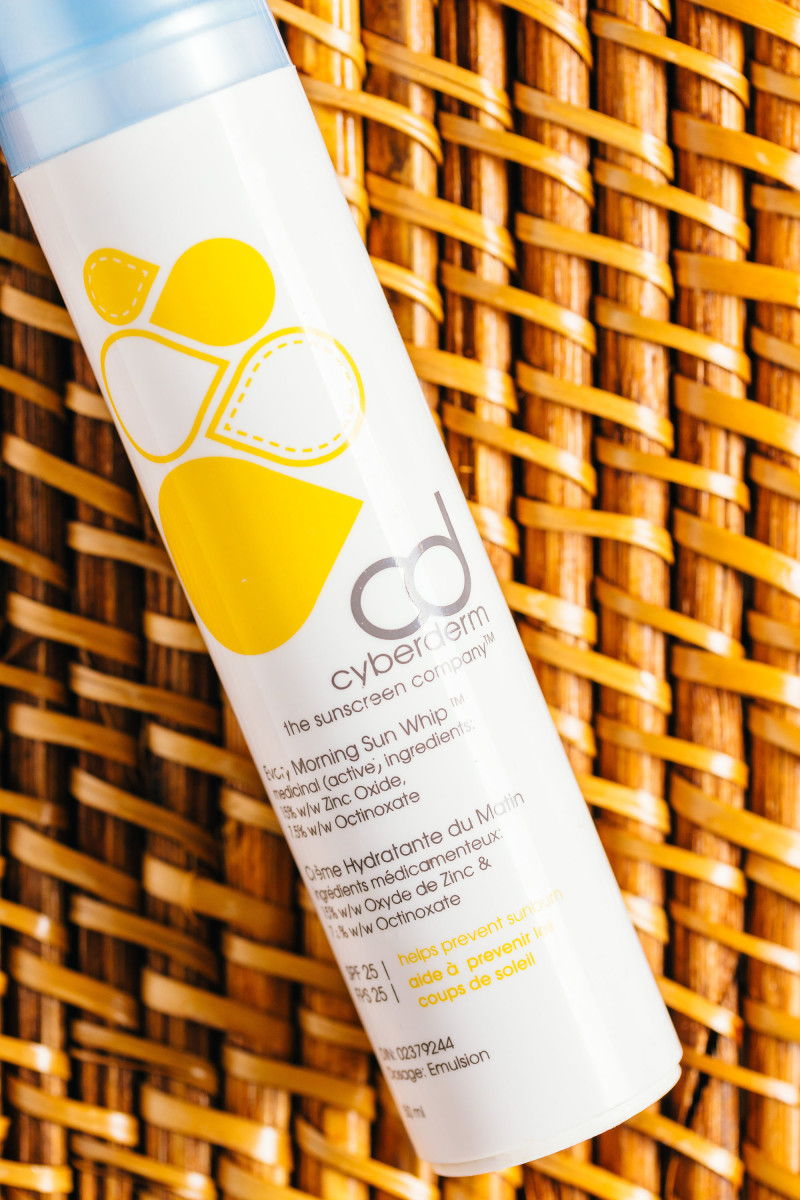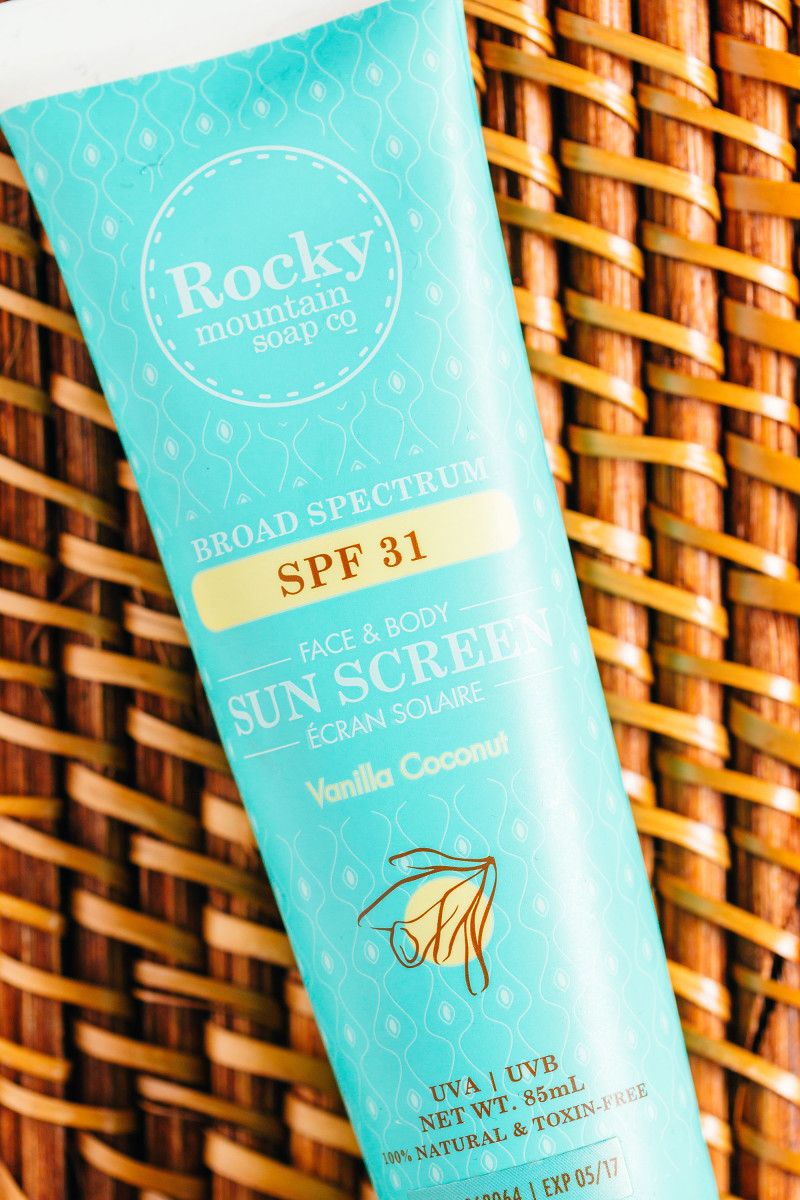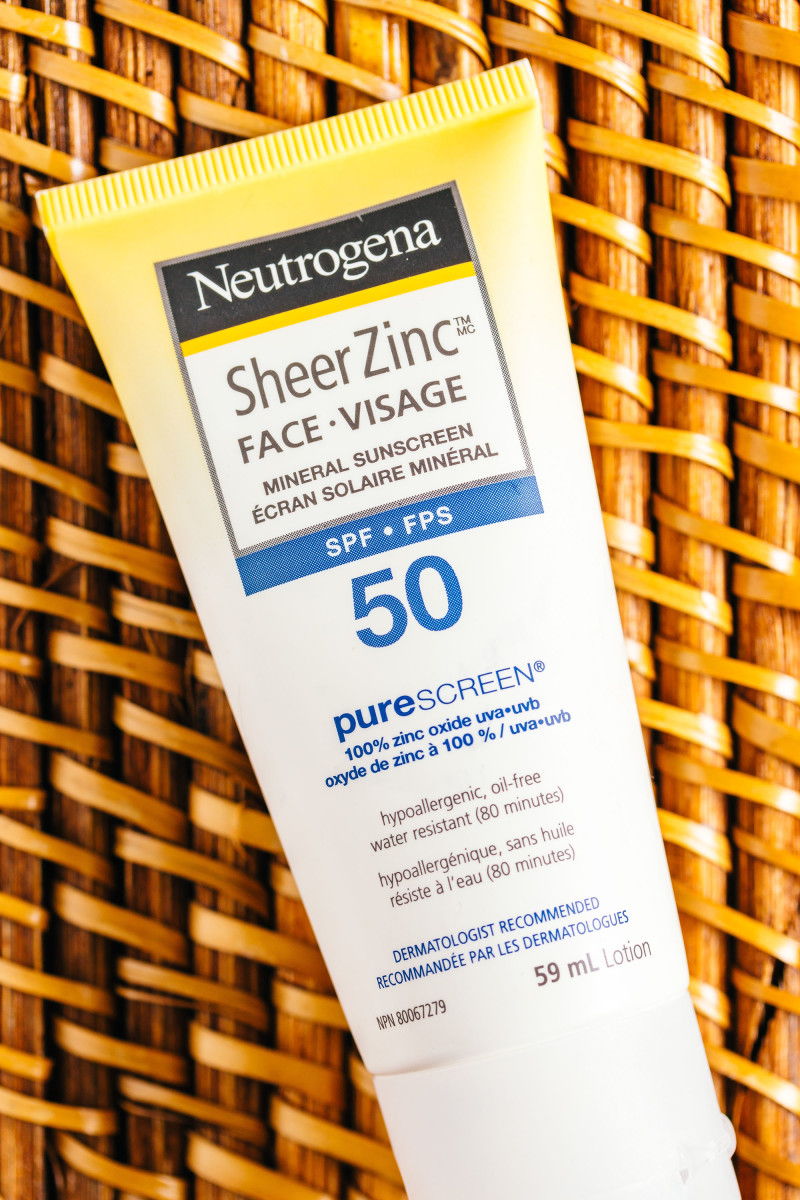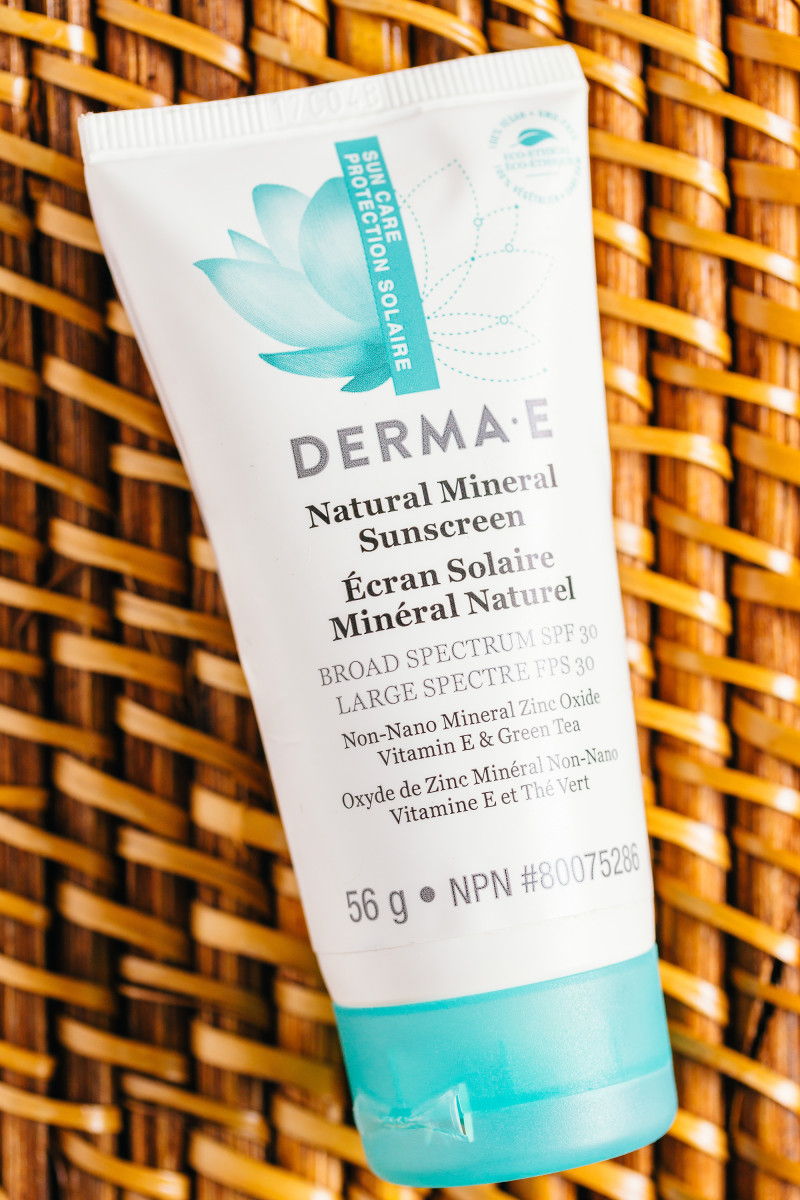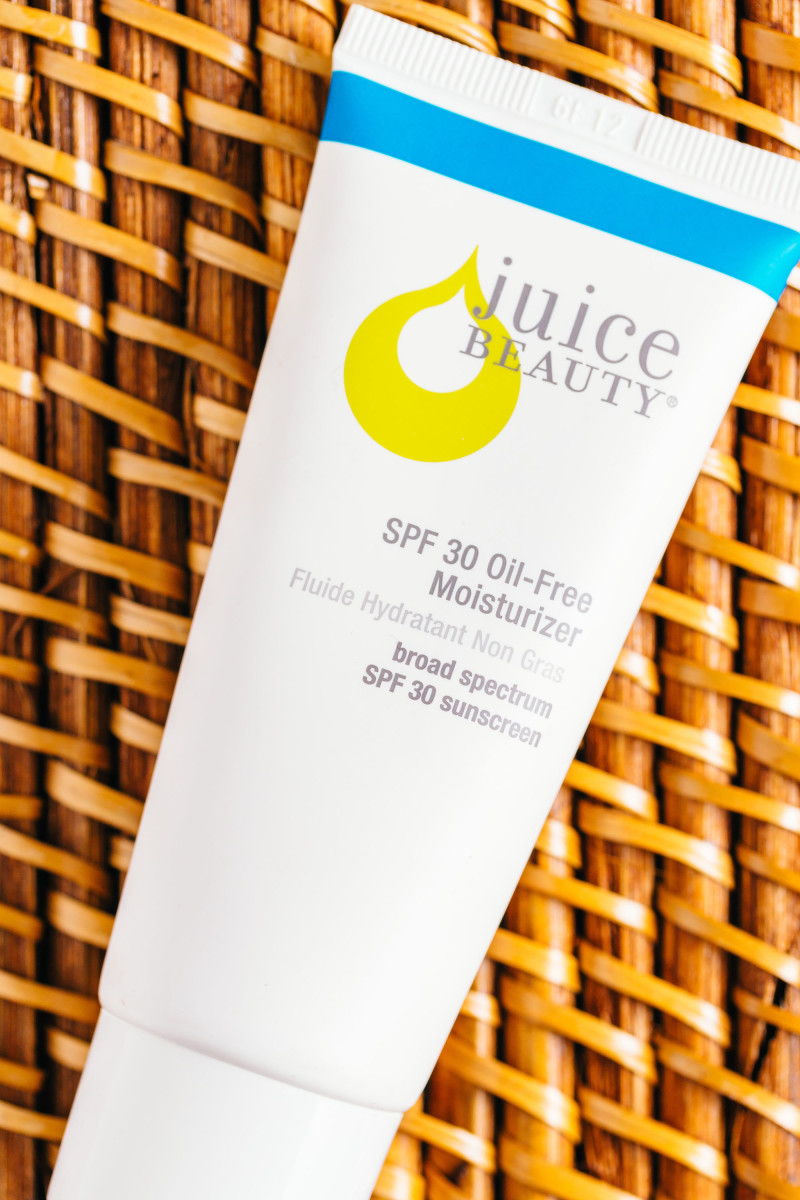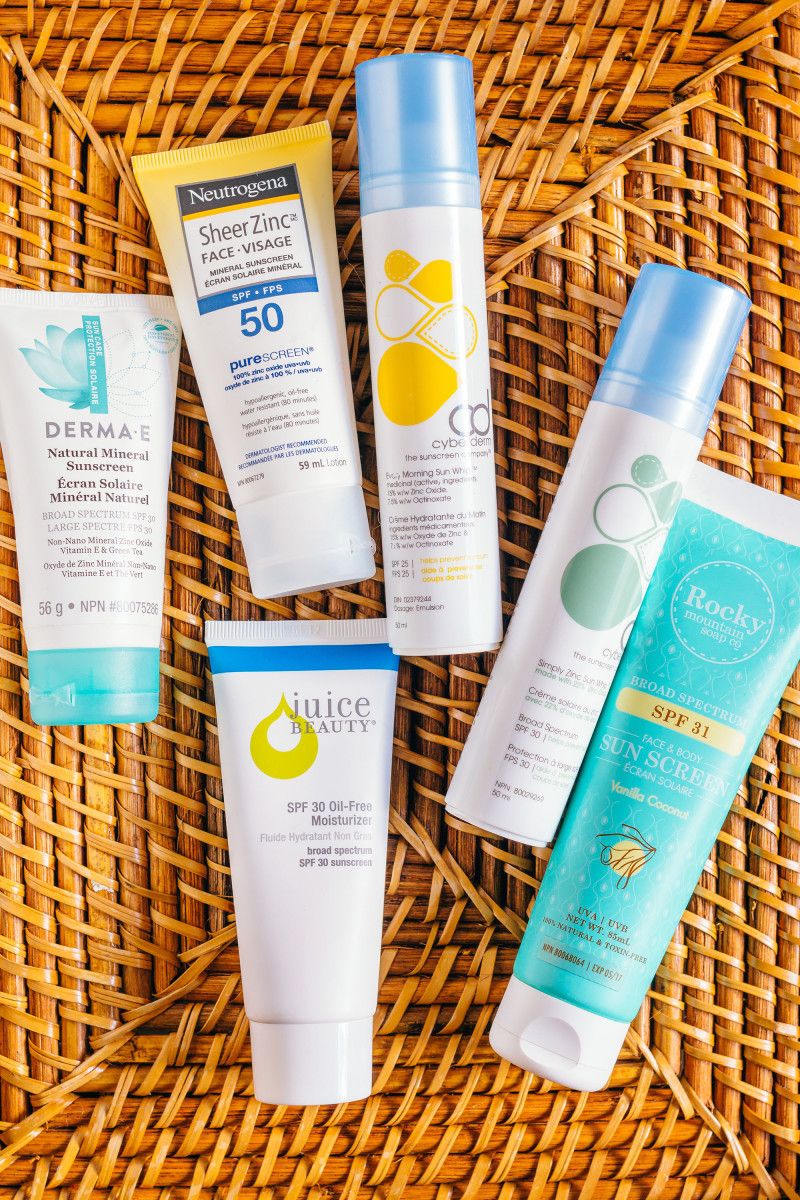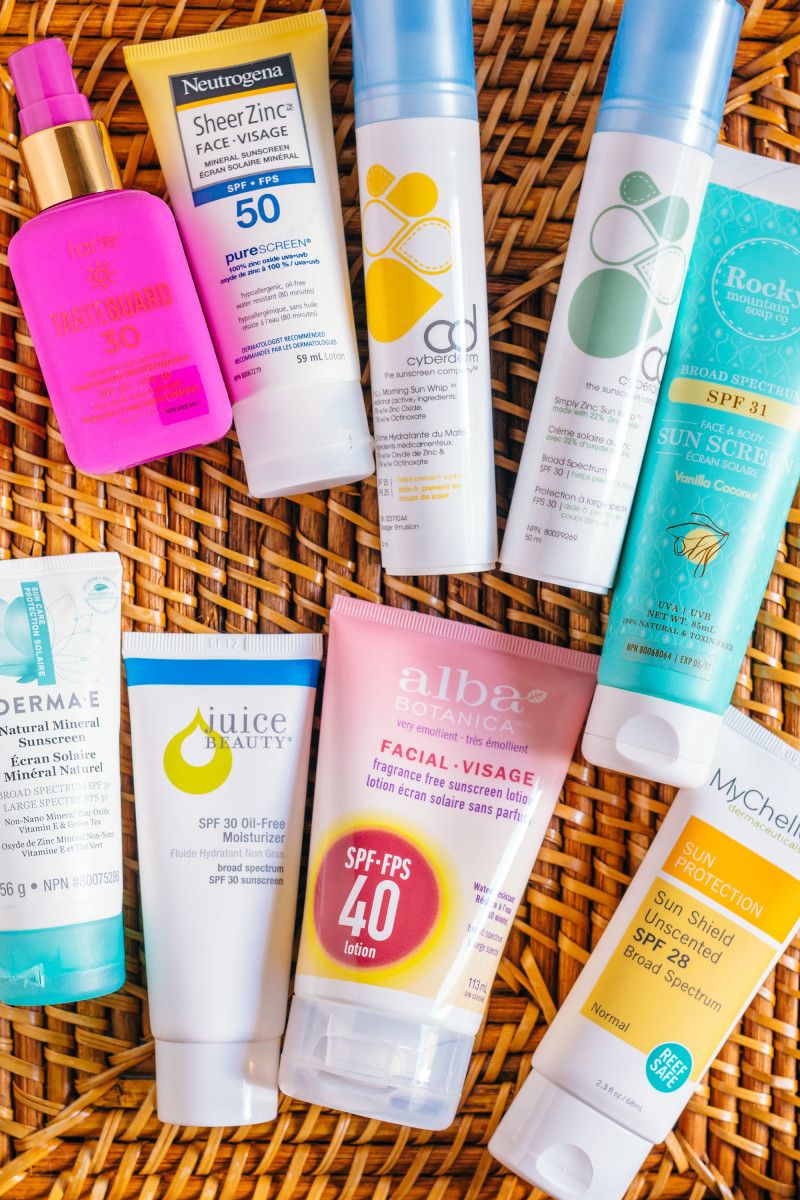The Best (and Worst) Sunscreen Ingredients: What to Look for When You’re Buying a New Sunscreen
According to the Environmental Working Group's latest report, 73 percent of sunscreens on the market provide inferior protection or contain worrisome ingredients.
I know they give a statistic like that every year, but I never fail to be shocked by it!
That means:
- Hormone-disrupting sunscreen filters are still in widespread use,
- Many manufacturers are selling formulas that don't actually meet the SPF claims on their labels, whether from…
- Too-low amounts of the active ingredients, and/or
- Ingredients that break down and become inactive in sunlight!
Crazy, right?
While application errors do exist due to product texture and format (like spray sunscreens, which are problematic because you can't easily see where you applied them), I think we can all agree that most sunscreens are failing us.
Banana Boat is the most recent example of people getting burned—literally—by their sunscreen, and you'll probably remember the horror stories about Jessica Alba's Honest Company sunscreens a few years ago.
No wonder I get so many questions about how to find a decent SPF!
That's why I've created the guide below to help you out. It walks you through EXACTLY what to look for on the label—so you can be sure you're buying sunscreen that will properly protect you, and not harm your health!
Contents
Step 1: Is It Chemical or Mineral?
First, look at the active ingredients to determine whether it's a chemical or mineral sunscreen.
Don't make assumptions from the packaging alone. The Alba Botanica Fragrance Free Sunscreen Lotion SPF 40 above looks like it should be mineral, based on the name (“botanica” implies “natural”) and the fact that the brand does sell other non-chemical sunscreens. But this one is not—it actually contains more chemical filters than most (homosalate, octinoxate, octocrylene, octisalate and avobenzone)! So you always have to inspect the ingredients.
I've listed the most common chemical and physical filters below:
Chemical Filters
- 4-Aminobenzoic acid (PABA)
- Avobenzone
- Cinoxate
- Diethanolamine methoxycinnamate
- Dioxybenzone
- Drometrizole trisiloxane (Mexoryl XL)
- Ecamsule (Mexoryl SX)
- Ensulizole
- Enzacamene
- Homosalate
- Meradimate
- Octinoxate (non-encapsulated)
- Octisalate
- Octocrylene
- Oxybenzone
- Padimate O
- Sulisobenzone
- Triethanolamine salicylate
Physical Filters
- Zinc oxide
- Titanium dioxide
- Octinoxate (if encapsulated)
Chemical filters work by penetrating into your bloodstream. They may prevent sunburn, yes, but have limited effectiveness against the aging type of UV rays (UVA). They can also have hormone-disrupting and carcinogenic effects!
[Read more about physical vs. chemical sunscreen]
I recommend avoiding chemical sunscreens and choosing a mineral sunscreen (also known as physical sunscreen) instead. Rather than absorbing into the body, these ingredients remain on the surface of the skin and work by reflecting away the sunlight. They stay stable and there is no evidence for them causing any hormone-disrupting effects. (Note: Encapsulated octinoxate is included here because it sits on top of the skin and acts like a mineral sunscreen.)
But to get the best protection against both UVA and UVB rays, we need to ask a few more questions…
Step 2: Does It Contain Zinc Oxide?
The next thing to do is check whether you see zinc oxide on the label.
The main thing you don't want to do is purchase a sunscreen that only contains titanium dioxide.
Take a look at the chart below:
As you can see, titanium dioxide gives you just partial protection against UVA rays, so it's not truly broad-spectrum. It can protect you from a sunburn, but won't do enough against the longer UVA wavelengths that cause premature aging.
In contrast, zinc oxide gives you the best possible protection.
Until we get the European filters Tinosorb M and Tinosorb S approved in North America, zinc oxide is the best filter we have and the ONLY one that offers complete UVA and UVB protection.
Look for zinc oxide alone, or in combination with titanium dioxide or encapsulated octinoxate. (CyberDerm's Every Morning Sun Whip SPF 25 is the only product I know of using the encapsulation technology, which makes it as safe as a mineral.)
The concentration of zinc oxide also matters, so now we proceed to the next question…
Step 3: How Much Zinc Oxide?
Your next step is to check what percentage of zinc oxide is in the formula.
Here's how it works. According to Dr. Denis Dudley (a.k.a. “The Sunscreen Doc”), for every one percent of zinc oxide, you get 1.6 SPF units.
Take a look at the following chart:
I would avoid any sunscreens that are less than 15 percent zinc oxide. At that low of a concentration, the UVA protection is likely to be insufficient.
A 15 percent zinc oxide formula is only about SPF 24, which would be the bare minimum—ideally, we want to aim for SPF 30! Many sunscreens are even lower than that, such as the Tarte Tarteguard 30 Sunscreen Lotion Broad Spectrum SPF 30 above, which has only 4.13 percent zinc oxide and 3.36 percent titanium dioxide.
My recommendation is to look for either of the following:
- 15 to 20 percent zinc oxide + at least 7.5 percent titanium dioxide or encapsulated octinoxate: If you see a figure between 15 and 20 percent zinc oxide, it should ALSO contain another sunscreen filter—either titanium dioxide or the encapsulated octinoxate—in at least a 7.5 percent concentration. This will get you to a true SPF 30, with sufficient UVA protection. (Every one percent of titanium dioxide gives you 2.6 SPF units, again keeping in mind that you want a zinc-dominant sunscreen to protect from UVA.)
- 20 percent or more zinc oxide: Any sunscreens with 20 percent or more zinc oxide will give you complete UVA and UVB protection. Hooray! The higher the zinc oxide level, the higher the SPF. So if we go back to that 1.6 SPF units calculation, 20 percent zinc works out to SPF 32.
Now, there are just a few more things you want to consider…
Step 4: Does It Contain Unstable Oils?
With all skincare products—not just sunscreen—I always check whether they contain polyunsaturated oils, which are unstable by nature.
Here are a few examples of oils I avoid:
- Almond oil
- Canola oil
- Cottonseed oil
- Grape seed oil
- Peanut oil
- Rose hip oil
- Safflower oil
- Sesame oil
- Soybean oil
- Sunflower oil
And there are many more! If you aren't sure whether an oil is polyunsaturated, you can always search the oil name + “fatty acid profile” to find out.
I think any oil that's more than about 10 to 15 percent polyunsaturated should NOT be in the first five to 10 ingredients of a sunscreen. (As I explained in my “how to check ingredients” tutorial, the first five typically compose 80 percent of the product.)
When UV light interacts with these types of oils, it can lead to pigmentation, premature aging and cellular damage (see study here).
If you can't be bothered looking up all these oils, the easiest solution is to choose a sunscreen that is oil-free, such as the Neutrogena Sheer Zinc Face Mineral Sunscreen SPF 50 above (it has 21.6 percent zinc oxide, too!).
There's one last safety issue to consider…
Step 5: Does It Contain AHAs or Vitamin A?
Now, look for any of the following ingredients:
- Glycolic acid
- Lactic acid
- Retinol
- Retinoic acid
- Retinyl acetate
- Retinyl linoleate
- Retinyl palmitate
- Vitamin A
All of these may increase sun sensitivity and the possibility of sunburn, so they really don't belong in a sunscreen!
You can stop here OR check one final ingredient for extra bonus points…
Step 6 (Optional): Does It Contain Silicones?
To be clear, silicones have no bearing on sunscreen safety or efficacy. But since they can affect the condition of your skin, I always try to avoid them if possible.
Here are some of the silicone names you may see on ingredients lists:
- Dimethicone
- Methicone
- Trimethicone
- Cyclomethicone
- Amodimethicone
- Trimethylsilylamodimethicone
- Cyclopentasiloxane
- Cyclopentasiloxane
- Dimethiconol
I choose sunscreens without silicones because they form a surface film that can trap debris in the pores, which can lead to breakouts (among other skin issues). I think they're especially problematic in products you wear while sweating!
[Read more reasons to avoid silicones on your skin]
The Best Sunscreens
So which sunscreens actually measure up? Here are a few that tick off my boxes.
These are high-zinc and free of unstable oils, AHAs and vitamin A:
- Derma E Natural Mineral Sunscreen SPF 30
- Juice Beauty SPF 30 Oil-Free Moisturizer
- CyberDerm Simply Zinc Sun Whip SPF 30
- Rocky Mountain Soap Company Vanilla Coconut Natural Sunscreen SPF 31
- CyberDerm Every Morning Sun Whip SPF 25 (low silicone)
- Neutrogena Sheer Zinc Face SPF 50 (high silicone, but the best drugstore option)
Check out my zinc sunscreen guides for face and body, for even more product options!
Conclusion
Now you have all the information you need to properly evaluate a sunscreen!
Again, I can't stress enough that reading the ingredient labels is key. Sadly, it's not as easy as simply choosing a natural product. And as you can see, the SPF numbers don't mean that much… not even the words “broad-spectrum.”
With something as important as sun protection, you just can't be too careful!
Does your sunscreen meet these criteria?
Have you tried any of my top SPFs—or found any others I should know about?
